How to measure the knitting tension and how to calculate a pattern
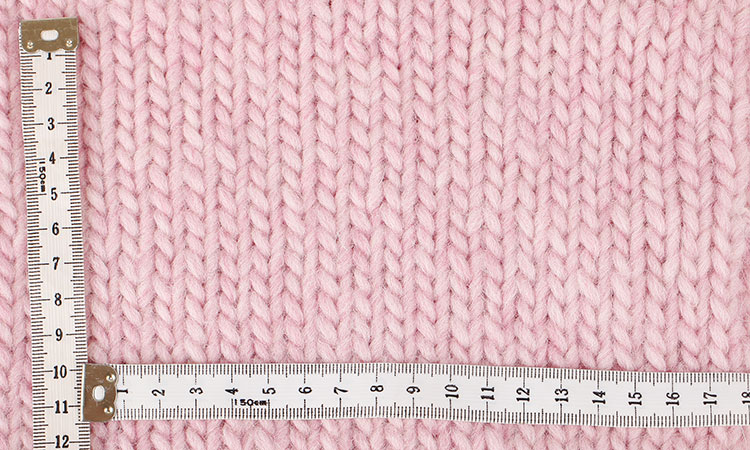
This description can be used for both knitting and crocheting.
This is how we calculate a pattern from the knitting tension:
Always check the size chart to find the size you need.
See here for a lesson on how to read our size charts.
Calculation:
The pattern is calculated so that the measurements given in the chart will be the measurements of the finished garment.
For this calculation we need the knitting tension, and then the process is as follows:
If 10 cm in width = 20 stitches in width,
then 1 cm in width is (20/10) = 2 stitches.
If the width of the body is 48 cm, then we need
48 cm x 2 stitches = 96 stitches.
Consequences:
If you get 22 stitches on 10 cm instead of 20 stitches, your garment will be 5 cm narrower than the measurements in the diagram.
All stitch counts in the pattern are calculated from the given knitting tension and this affects everything: e.g. the shaping of the neck – the increases on sleeves – the cast-on edge - raglan etc.
So you need to change the size of the needle :)
Knitting tension and gauge swatch:
Gauge swatch:
To make sure the measurements on your garment = the measurements in the pattern, you should always start by working a swatch – to arrive at the correct knitting tension.
Cast on more stitches than the knitting tension states for 10 cm in width and work slightly more than 10 cm in height, starting with the suggested needle size.
If the knitting tension is:
20 stitches in width and 27 rows in height with stocking stitch = 10 x 10 cm.
Lay a tape measure on the piece and count the stitches:
20 stitches = 10 cm in width and 27 rows in height = 10 cm.
Result / consequence:
More than 20 stitches – change to a larger needle size
Less than 20 stitches – change to a smaller needle size.
When you have found the correct needle size, you are ready to start.
Remember to check the knitting tension as you go; it can vary as you work through the garment.
Right or wrong needle size:
Needle size:
There is no correct needle size; everyone’s knitting is different.
The given needle size is only a guide.
Find the needle size to get the correct knitting tension – if you need to use needle size 6 mm, when the pattern suggests needle size 4 mm, then do so.
Our own design team uses different needles sizes when knitting with the same yarn. This is very common.
Types of needles:
This is very individual.
There are needles made of wood, bamboo, metal, plastic, as well as other materials.
One finds their favourite, and it’s normal to use a different knitting tension when using different types of needles (circular, double pointed, etc.).
So if it doesn’t work when you try a knitting tension with – for instance - metal needles, try another material, like birch, and see if it works better for you.








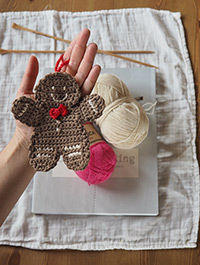
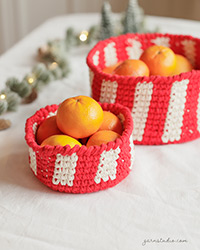

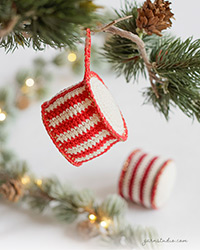
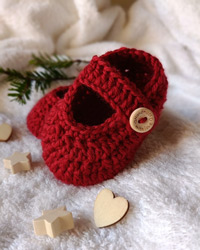
Hei. Minulla on ongelmanatiukka käsiala. Joudun luomaan vähintään puolet enemmän silmukoita työhön kuin ohjeessa neuvotaan. Löysempi käsiala tulee rumaa. Miten tämä vaikuttaa työn edetessä, onnistuuko lainkaan?
12.08.2022 - 10:16